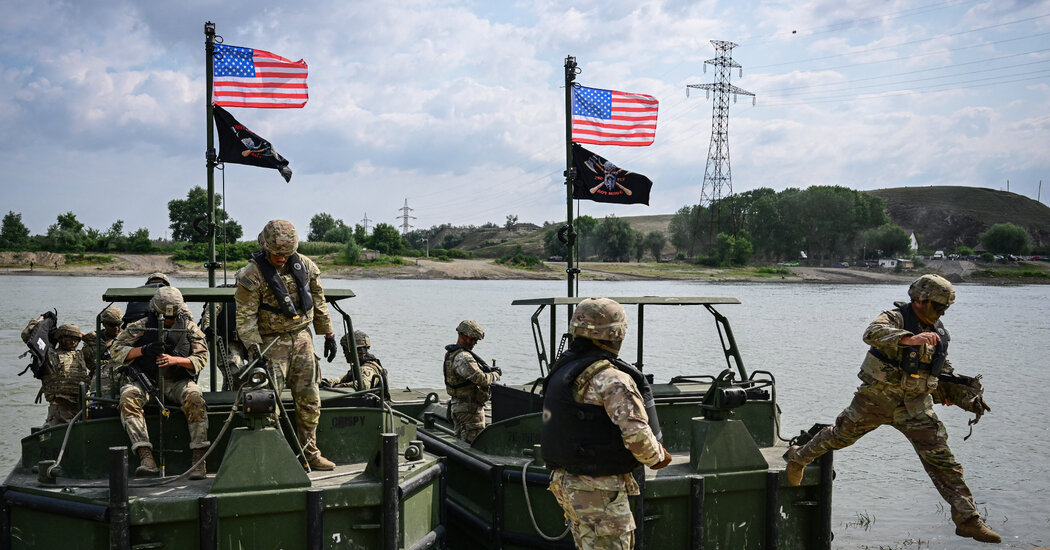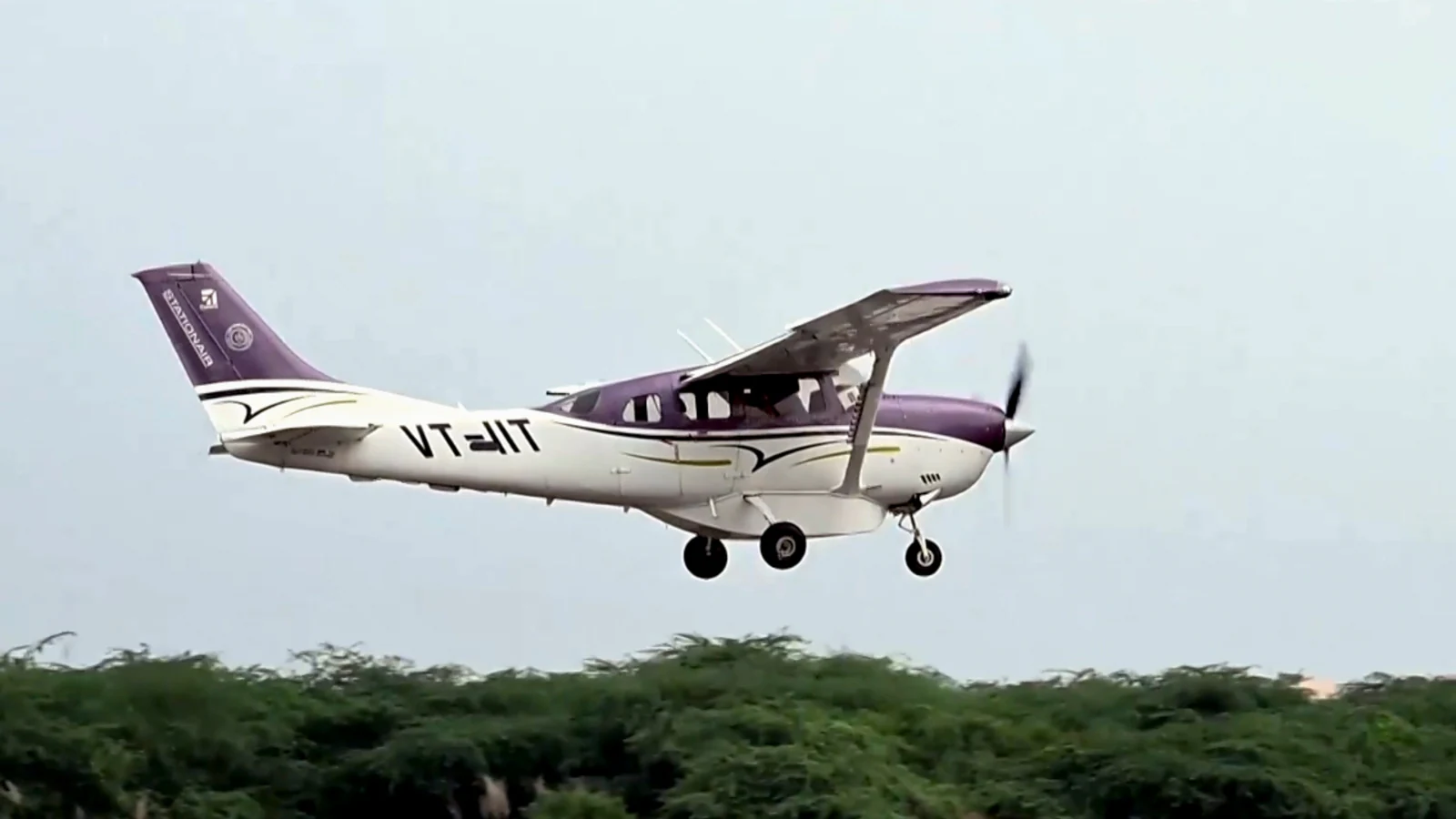Copyright The New York Times

The United States will reduce the number of troops it has deployed to Eastern Europe, where NATO allies have sought to fortify their response to Russian aggression, U.S. and Romanian officials said on Wednesday. The Pentagon is bringing home around 700 troops with the 101st Airborne Division who were deployed in Germany, Romania and Poland — NATO’s so-called Eastern Flank, U.S. military officials said, as Defense Secretary Pete Hegseth looks to shift some of the American military’s focus toward domestic security, Latin America and Asia. About 84,000 U.S. troops were stationed in Europe as of earlier this year, according to a Council on Foreign Relations estimate. The total fluctuates based on rotations and military exercises. About 1,000 troops in Romania will stay on, Romania’s defense minister, Ionut Mosteanu, said in a news briefing in Bucharest. The U.S. Army command in Europe said in a statement that the 2nd Infantry Brigade Combat Team will not be replaced after its scheduled rotation out of Eastern Europe and sought to play down any sign of a shrinking U.S. commitment to the continent. “This is not an American withdrawal from Europe or a signal of lessened commitment to NATO,” the statement said, adding that the shift “will not change the security environment in Europe.” Representatives for NATO did not immediately respond to questions about the withdrawal of American soldiers from Europe. There was a surge in American troops to Europe in the immediate weeks after Russia invaded Ukraine in 2022, with the Pentagon sending resources to reinforce NATO’s Eastern Flank. But the Trump administration has wobbled on support for the war in Ukraine, and Mr. Hegseth has indicated that he wants to bring home most, if not all, of the troops who were sent to help European allies after Russia’s invasion, defense officials said. Mr. Mosteanu emphasized that Romanian officials had not been surprised by the decision and that Mr. Hegseth and other U.S. officials had repeatedly conveyed to European allies that the United States would shift its focus. President Trump and his senior aides have made clear that European security is a lower priority than it was for previous administrations, preferring instead to concentrate security resources on the U.S. border and the Indo-Pacific, where the United States is competing with China for influence. “The downsizing of the U.S. forces is an effect of the new priorities of the presidential administration,” a statement from Romania’s defense ministry said. European officials have sought for months to shore up their security commitments and deterrents to Russia after the Trump administration de-emphasized U.S. protection for Europe. Mr. Trump has demanded that NATO reduce its reliance on the United States, successfully pushing other member nations to pledge to increase their military spending. Still, the United States will continue to maintain significant troop presences in Eastern Europe. In Poland, where about 14,000 U.S. troops are stationed, the defense ministry said it had not received a similar notice from Washington. American officials had repeatedly assured Warsaw that it would maintain, and possibly increase, its military presence in Poland, Wladyslaw Kosiniak-Kamysz, Poland’s minister of national defense, told reporters. “Poland and the United States are each other’s strong allies,” Mr. Kosiniak-Kamysz said. Mr. Trump has warmed to Poland’s recently elected right-wing president, Karol Nawrocki, hosting him last month at the White House.



